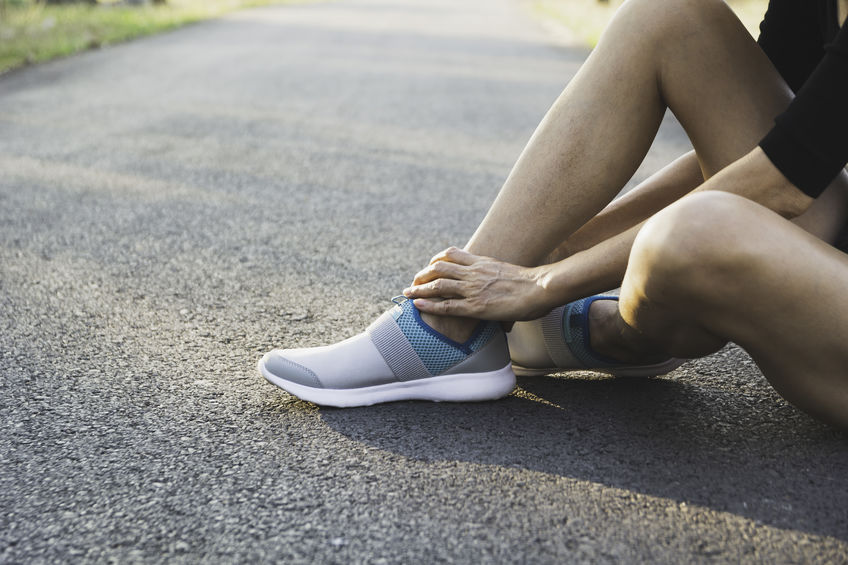Your ADL Surgery
Arthroscopic surgery is a minimally invasive treatment for various joint injuries. Doctors use an arthroscope, inserted through tiny incisions, to repair shoulders, elbows, wrists, knees, and ankles. Arthroscopy is an outpatient procedure, meaning most patients can leave on the same day. Most patients can begin to return to normal activities, following some restrictions, within 2 weeks. However, recovery may take longer for patients struggling with activities of daily living (ADL). These patients will need support managing recovery along with completing daily tasks.
What is ADL?
Most adults do many daily tasks automatically. These include showering, walking, eating, dressing, and toileting. With age, these tasks become more difficult and, in some cases, nearly impossible. The aging care community refers to these tasks as activities of daily living. Some patients need just a little help to complete these independent tasks. Others need full, round-the-clock support. Understanding the difficulties of performing these functions can help the aging population get help.
Set up for success
The patient will have limited mobility during the first 2 weeks after arthroscopic surgery. A helpful step is to set up the home in advance to make ADL easier. Examples include removing the need for stairs, adding railings for toilet use, and preparing meals ahead of time. A seat for showering, wearing loose clothing, and limiting leaving home also can help.
Add in occupational therapy
Physical therapy is a common requirement of arthroscopic surgery. The patient will perform a series of stretches and exercises to improve strength and range of motion (ROM). In addition, some patients will benefit from adding occupational therapy (OT) to the program. With OT, patients are taught a series of exercises and techniques to help with performing everyday tasks. For example, the therapist can teach the patient how to bathe, get dressed, and use assistive devices to make life easier. Occupational therapy should start before surgery and continue during recovery.
Consider skilled nursing or companion services
Even with the proper preparation, some patients will need help during recovery and should consider making arrangements. Some patients have family members that can help during recovery. Everyone can set a schedule to help with ADL at specific times. In cases where this is not possible, skilled care or companion services can fill in to help the patient. Nurses and caregivers come to the home and help with simple tasks. The patient will have support with grooming, dressing, eating, and showering. Some caregivers also help with instrumental activities of daily living (IADL), like shopping, cleaning, and managing medication. Determine the critical tasks and get help as soon as possible.
A smoother recovery
Arthroscopic surgery has the advantage of less pain and shorter downtime, but a recovery period is still necessary. Patients already struggling with ADL will find recovery more complex. Discuss these challenges before surgery, so the proper provisions are in place. For some, this may mean OT and simple changes around the home. Other patients may require long-term care from a skilled nursing home or an in-home caregiver.



